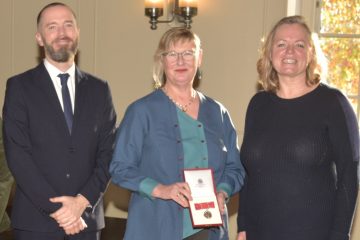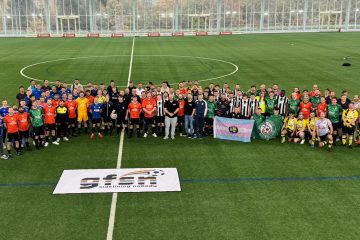Style and substance – how Here For Sport is making an LGBTQ+-inclusive statement in sportswear

Having hated sport as a youngster, Sam Winton fell in love with rowing at university and later created Here For Sport to encourage LGBTQ+ people and others from under-represented groups to get involved. He explains the ethos behind the social enterprise and why its new Kickstarter campaign ‘Clothes for Inclusivity’ needs your support…
By Sam Winton
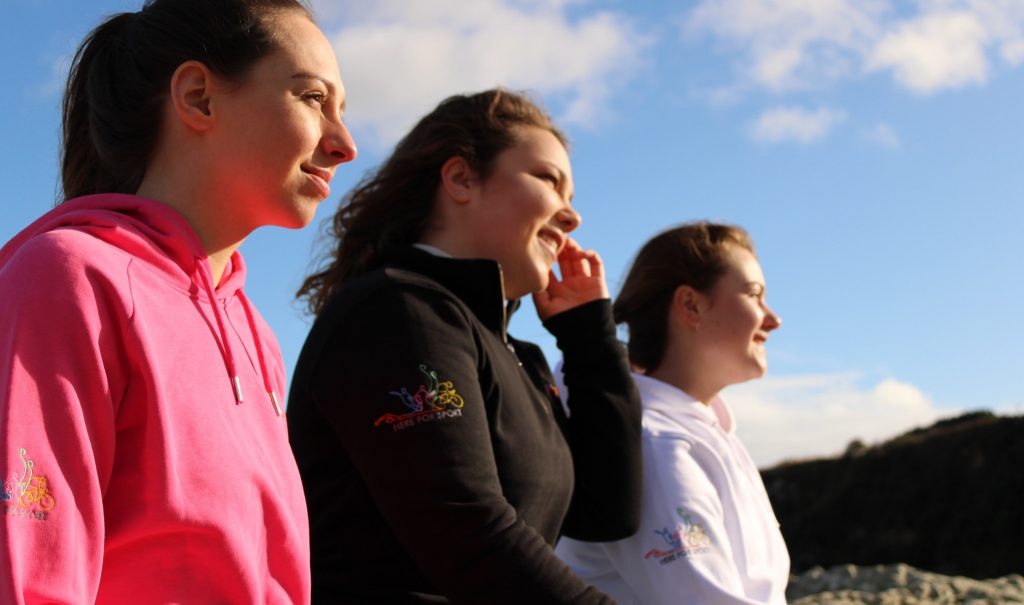
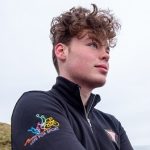
Sam Winton is the founder and CEO of Here For Sport.
From abuse to cheating, from corruption to fraud, it sometimes feels like we’re bombarded with negative sports news.
There is another gloomy story we hear year-on-year – that people simply aren’t active enough.
After Sport England, Sport Wales and sportscotland tabulate the results of their annual surveys, they consistently find many people remain physically inactive.
What’s worse, the problem is concentrated in specific demographics which only serves to perpetuate inequality.
Simultaneously, news articles abound on the ‘obesity crisis’. It’s undeniable that there’s a problem.
I set up Here For Sport to provide a solution – one based on my own previous hatred of sport, taking a different approach to that traditionally taken by sports charities.
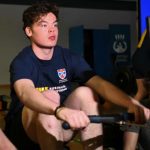
It always comes as a shock to people when I confess that I hated sport for many years. I’m currently a performance athlete at the University of St Andrews, a member of the student sport team, and the youngest director at Scottish Rowing. I often joke that my degree is in rowing, not economics!
Yet this love of sport – or perhaps more accurately, obsession – only began recently.
Throughout my childhood, I was surrounded by sport but I loathed being dragged along to watch the football every week, bribed with the promise of Mars bars for good behaviour. I hated the cold, the damp, and the game itself. Within school, I dreaded P.E. I would sit down diligently in a remote corner of the field avoiding the actually talented sports people, attempting to read a new book. I would often tune out at family gatherings when the conversation turned to cricket, or rugby, or in fact any sport at all. Sport didn’t feel like a place where I belonged. That is, until I turned up to university.
In 2018, I was accepted into the University of St Andrews to study Economics. I intended to complete my degree and then go into a career in finance, likely earning a ridiculous amount of money but working myself to death. However, whilst doing my degree, I wanted to enjoy every aspect of university life and get involved with as many things as possible. Like Jim Carrey in the movie, I became ‘Yes Man’ – I ended up at the uni sports fair signing up to all manner of sports, such as quidditch, archery, rifling and rowing. Thanks to this outlook, I eventually found my personal sporting passion and gained a new-found appreciation and respect for sport.
I acknowledge that I was in a very privileged position and this is something I’m very grateful for. It was this awareness that then made me want to help create change – giving everyone the chance to enjoy sport.
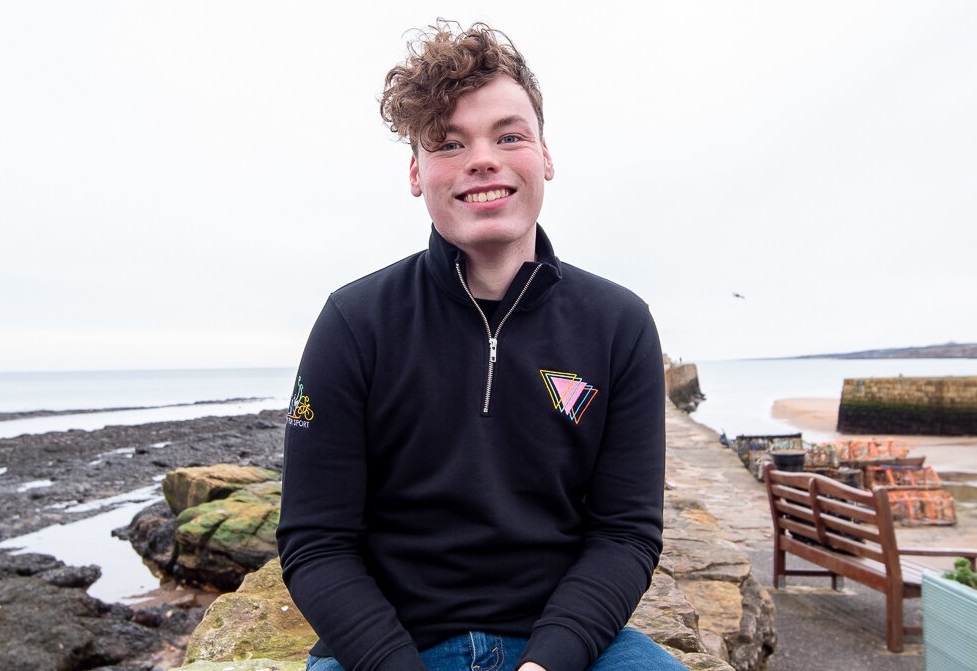
Previously, the only sport I’d ever shown any promise in was hockey. My friends had played it growing up so I’d joined in. I enjoyed being with them and I liked winning, on the rare occasion that happened. Yet it still wasn’t my passion.
I’d intended to try out for the University Hockey Club but I was turned away for not being fit enough. I was told I was too fat and that I probably wouldn’t fit in. This wasn’t the first time I’d experienced something like this. P.E teachers were quick to give up on me due to my lack of hand-eye coordination and general talent. My lack of enthusiasm didn’t help.
However, one teacher did invest their time in me – a man named Mr Eveleigh. It was through his encouragement that I joined hockey at school in the first place.
Reeling from the experience of being rejected by uni hockey at the sports fair, I found myself wandering around. Eventually, I bumped into my ambassador from my open day. I got chatting to her and she encouraged me to take up rowing. I was reluctant thanks to the reputation of the sport but I quickly gave in, thanks to her and the women’s captain’s encouragement.
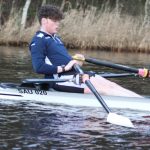
I’m very glad I did. The first session was like some form of torture, demonstrating to me that perhaps the hockey club had been right and that I wasn’t fit enough. Nevertheless, the rowing club encouraged me and continued to push me on, so I kept going back. Soon, I was hooked.
Coming home that Christmas, my family were quick to notice the change in me. Not only was I fitter and healthier but I was also happier. I bored them all with the details of my training and for once, the shoe was on the other foot as they quickly tuned out. In all honesty, they lasted longer than I ever did, back when I had zero interest in sport. It wasn’t until my mum pointed out that she had actually recommended rowing when I was younger that I stopped to reflect on this sudden change in outlook.
We began to discuss why I had turned down rowing so long ago, essentially depriving myself of an opportunity. Part of the reason was financial – raised by a single mum, it was unlikely we’d have been able to afford the fees. Another was purely logistical, as it was hard to get to the boathouse as well as balance all my other commitments. Then there was my perception of the sport itself. I’d always thought of rowing as a posh person’s sport, for ‘manly’ men. As a state-educated gay boy, I just didn’t feel like I’d fit in. This fear of rejection and exclusion was probably the biggest reason I’d turned it down. This planted a seed in me and I started to do research into the barriers to participation.
‘A three-dimensional vision of LGBTQ+ people in sport’
It quickly emerged that there were some general themes, all mapping onto my own experience. I began talking to other people who had only taken up sport at university, or who had switched to a new sport and found they encountered similar barriers to participation. We all felt grateful and lucky to have had the opportunity to enjoy sport and develop a passion but it was frustrating that we couldn’t have done this earlier.
Instead of continuing to regret these circumstances, I looked at how I could make a difference. I began volunteering as a rowing coach in local schools. I also tried to find a charity where I could help out. Yet all of the organisations I looked at just focused on educating people on the benefits of sport, or delivering sport to under-represented groups. This didn’t make sense to me as it wasn’t tackling the root cause. With the support of friends and family, I set up Here For Sport to do just that – identify the specific problems and work to fix them.
As mentioned, I’ve never been particularly financially well off. I knew that for any charity to be effective, it would have to generate a stable source of income on its own as I did not have the resources to invest in it. This business activity would also have to help advance the mission of the charity – to break down barriers to participation. After observing the success of the ‘Rowing for Healthy Minds’ campaign, I saw an opportunity for a form of activism that would tackle the social and psychological barriers, whilst simultaneously generating revenue to help tackle economic and logistical barriers.
This was sportswear with a message. Working with the masterminds behind that ‘Rowing for Healthy Minds’ campaign, RivalKit, we designed a new range of clothing and accessories. It was backed by academic research into fashion activism, signalling, psychology, and identity theory.
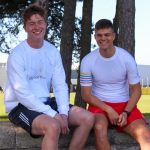
With this, we launched the ‘Classic Range’ and became a kit partner for the University of St Andrews. We worked closely with clubs and continued to grow, holding fundraising events and attending fashion shows across Scotland, spreading our message.
Meanwhile, I continued to do more research into specific barriers faced by under-represented groups. It was clear that we would have to target the LGBTQ+ community, as well as ethnic minorities and women. All of these demographics have faced marginalisation in sport and continue to face a unique set of barriers on top of the more traditional ones.
As a member of the LGBTQ+ community myself, I was perhaps more aware of the homophobia and discrimination within sport than most and I resolved to start there. I worked with the London Otters, an LGBTQ+ rowing club, to learn more, as well as other LGBTQ+ sportspeople to compile my findings. Often the community is portrayed in a one-dimensional light which does little to speak to their personal experiences. I resolved to create a positive three-dimensional image and use a new sportswear range to promote this – thus, the ‘LGBTQ+ Range’ was created.
This brings us to the start of the global pandemic and in keeping with the times, we hosted an online Zoom webinar on the LGBTQ+ experience within all levels of rowing.
We simultaneously began campaigning for the creation of a boat club in my home city of Coventry, working with schools in the area to expose more children to the sport and challenge their perception of the sport as ‘white and posh’. I also began talking to Fulham Reach Boat Club, who had experienced remarkable success doing something similar in London.
I was also working closely with national governing bodies and funding agencies to stress this more holistic and solution-focused approach to the problem of inactivity. It was a particular highlight to talk to Dame Katherine Grainger, who is not only a sporting icon and a personal inspiration as an ex-novice rower turned Olympic gold-medal winner but also a leader within the sports community through being chair of UK Sport.
I was also invited to talk at Loughborough University’s Institute of Sport on the topic of Sport Business and Innovation, sharing my research findings and experience with many of the postgraduate students there.

After almost two years of hard work, it felt like people were listening. We had begun to attract the attention of some local press in Fife, and I also got to do an interview with Pride of the Terraces, which I thoroughly enjoyed. You may have gathered by now that I like to communicate, whether talking or through the written word!
We are now fighting to keep up this momentum. My biggest worry is that as discussions around the post-pandemic recovery abound, we’ll slip into old habits. More and more people are paying attention to our approach, but that doesn’t guarantee that this will manifest itself into tangible action.
What we’re asking national governing bodies and funding agencies to do is hard and often risky – we want them to forgo the usual tick-box exercises and their obsession over numbers and instead study the intangible measures of attitudes and social climate.
We’re asking them to embrace what could be considered an indirect method, one which is not clearly correlated to increased participation. Here For Sport has shown the power of creative advocacy, of embracing an interdisciplinary approach, but we are just one organisation and group. Worst of all, we are student-led, assumed to be radical social justice warriors with little know-how and experience. We are an unknown variable that may just be a fluke. I’ve been told many times “you have no proof” or “you’re doing too much”. My ‘favourite’ line was “we can’t trust a student, you’ll just give up soon”.
It’s been a tough time due to COVID – but we’re still fighting.
‘Crowdfunder will help us make change happen’
In order to show the importance of our mission, to get people listening and talking, we’re reaching out to all the people we’ve met and who helped get us here today. With their help and guidance, we have started ‘Clothes for Inclusivity’ – a Kickstarter crowdfunding campaign to relaunch the brand, setting ourselves up as a professional and trustworthy organisation that can lead change.
We want to ensure that sport is not only a critical component of the post-pandemic recovery, but that we embrace the principles of representation and equality, not just in name but in actions. To do this, we need all the help we can get.
As I’ve written this blog, I’m struck with an overwhelming sense of gratitude. Here For Sport has grown so much and whilst its impact may not be known yet, I can say it’s shaped and impacted so many lives, not least of all my own. If you had told me in 2018 that I wouldn’t be frantically applying to work in an investment bank but instead setting up a sports charity, I would have laughed. If you’d told me that I was even involved in sport, I probably would have scoffed at the suggestion.
As you’ve read this, you may have done the same, laughing at the lofty aims and idealism of some student. However, if the last year has taught me anything, change can happen – and it can happen fast.
Thanks to Sam Winton from Here For Sport. Email him at samwinton@hereforsport.com
Visit the group’s website at www.hereforsport.com and donate to the Kickstarter – the ‘Hat and Base Layer’ reward is just £20 minimum pledge, for a limited time only!
Follow Here For Sport on social – Instagram | Facebook | Twitter
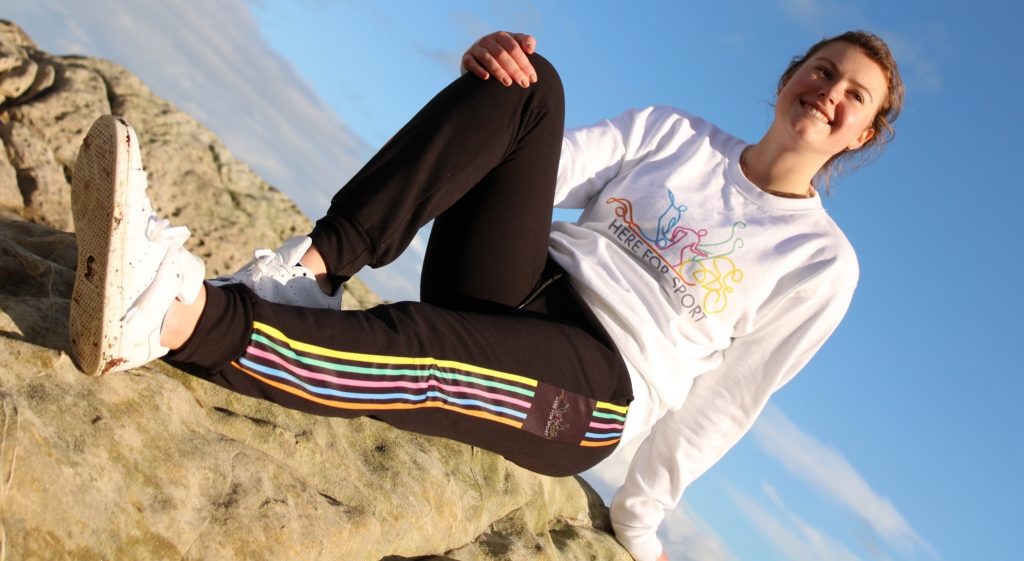
Sports Media LGBT+ is a network, advocacy, and consultancy group that is helping to build a community of LGBT+ people and allies in sport. We’re also a digital publisher. Learn more about us here.
LGBT+ in sports? Your story could help to inspire other people – you don’t have to be famous to make an impact, and there are huge gains to be made both personally and more widely in sport. Start a conversation with us, in confidence, and we’ll give you the best advice on navigating this part of your journey.
Email jon@sportsmedialgbt.com or send a message anonymously on our Curious Cat.

